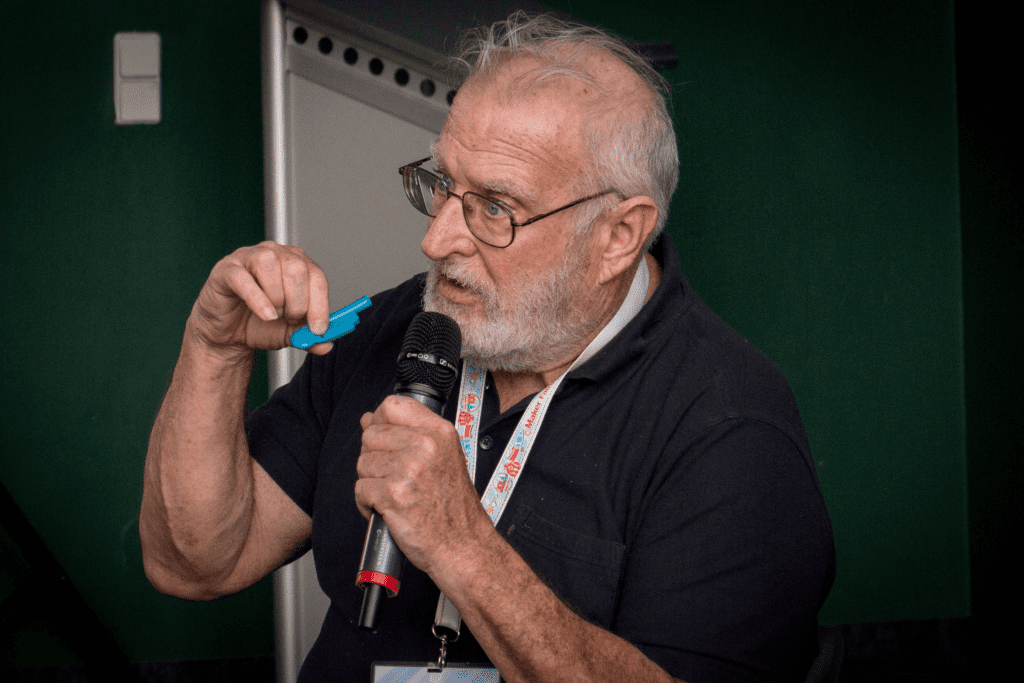In the early 1970s, technology was still in its infancy. Personal computers were a dream, the internet didn’t exist, and phones were operated through massive analog systems. But innovation can come from the unlikeliest places and in this case, it came from the bottom of a cereal box.
A small plastic whistle, included in boxes of Cap’n Crunch cereal, would unexpectedly trigger a wave of curiosity and rebellion that helped shape modern technology. At the heart of this surprising story was John Draper, a man whose fascination with sound and systems led him to discover a loophole that shook the phone industry and paved the way for two young inventors: Steve Jobs and Steve Wozniak.
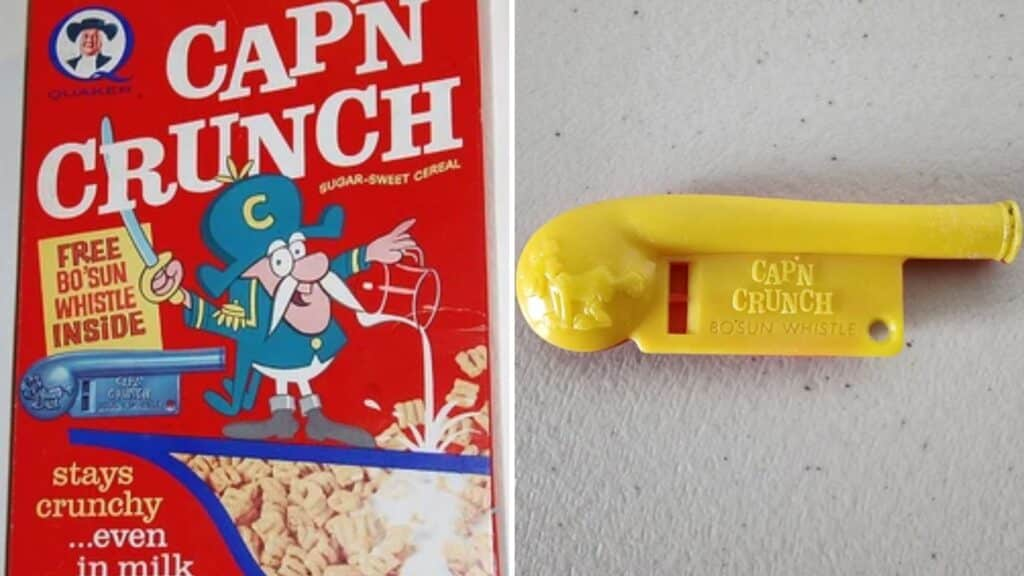
John Draper and the Sound of Exploitation
John Draper, an ex-Air Force technician with a passion for electronics, realized that the Cap’n Crunch toy whistle could produce a pure 2600 Hz tone the exact frequency AT&T used to signal that a phone line was open and ready for a new call. This accidental match allowed Draper to fool the phone system, gaining access to long-distance lines for free.
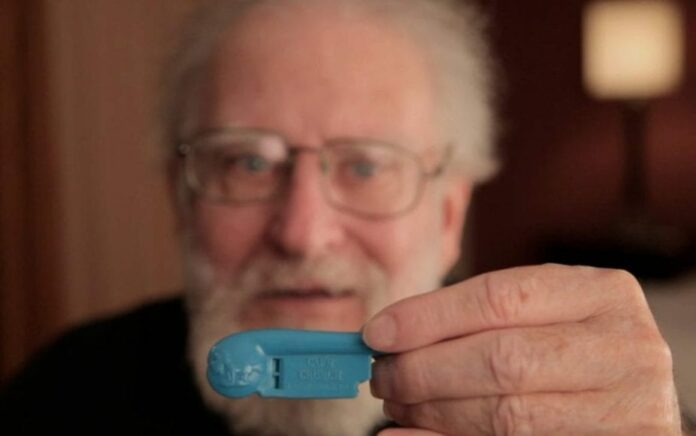
He used this tone to manipulate phone routing systems, a technique known as “phone phreaking.” It was essentially early hacking, except instead of code, Draper and others like him used tones, switches, and creative thinking to bend the system to their will.
His invention, known as the blue box, was a small electronic device that could replicate the 2600 Hz tone and other key frequencies, giving its users near-complete control over telephone networks.
Video:
How a Cereal Box Toy Hacked AT&T’s Phone Lines
The Blue Box Meets Silicon Valley’s Future Giants
Word of Draper’s invention spread among tech hobbyists and students, particularly in California, where a new generation of electronics enthusiasts was beginning to explore the boundaries of what technology could do. Two of those young minds were Steve Jobs and Steve Wozniak, who were fascinated by the blue box and its potential.
Jobs and Wozniak not only learned how to build the devices, but they also began selling them to classmates. The experience was more than just a rebellious side hustle. It taught them how to design hardware, build circuits, and market a product. In interviews years later, both would credit the blue box as an early and essential step in their entrepreneurial journey.
Without the blue box, Wozniak once said, “there wouldn’t have been an Apple.”
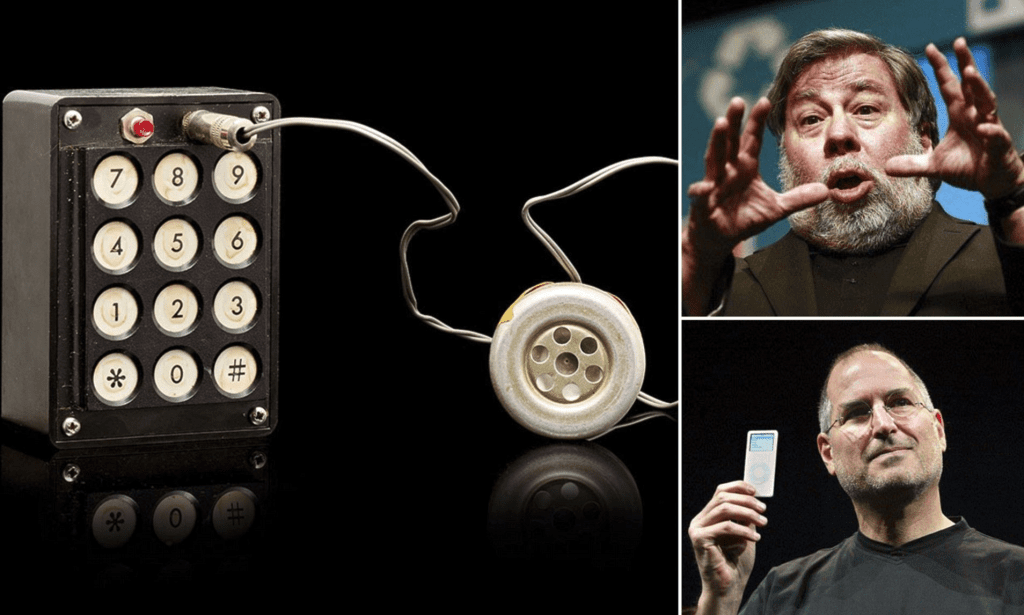
Captain Crunch: The First Hacker Celebrity
As Draper’s reputation grew, so did his nickname. People began calling him “Captain Crunch,” a nod to the cereal whistle that had made him famous. He became one of the earliest examples of a hacker celebrity admired by some for his brilliance, and watched closely by authorities who considered his actions illegal and dangerous.
Video:
Can a Cap’n Crunch whistle seize a telephone trunk???
Draper never used the blue box for profit. For him, it was about the thrill of discovery and the joy of unlocking systems. Still, his activities eventually led to legal trouble, including arrests and brief stints in jail. But his legacy wasn’t erased. In the eyes of many in the tech world, he remained a pioneer.
A Cultural Shift in Technology and Ethics
The story of the blue box didn’t just influence Apple. It marked the beginning of a new cultural movement one where individual creativity challenged big systems. The phone phreaking scene attracted engineers, hackers, and free-thinkers who questioned the limits of technology and authority.
It was the precursor to the modern hacking community, and it planted the seed for the idea that a single person, working with the right tools and knowledge, could change the world.
The ethical lines were blurry. Was it wrong to explore closed systems? Was Draper a criminal, or a visionary? These questions remain relevant today as society grapples with cybersecurity, digital privacy, and the ever-growing influence of technology.
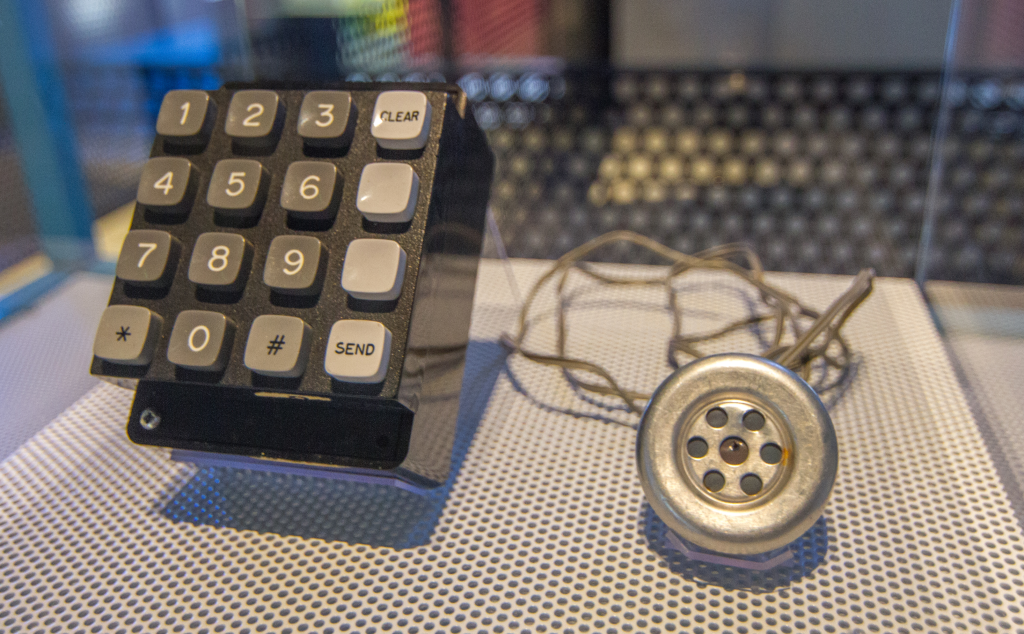
Conclusion: From Whistle to World-Changing Innovation
What began as a toy in a cereal box ultimately led to one of the most pivotal discoveries in the history of personal technology. John Draper’s blue box wasn’t just a clever hack it was a gateway. For Steve Jobs and Steve Wozniak, it was an early lesson in creativity, risk, and innovation. For the world, it was the beginning of the hacker era and a reminder that great ideas often come from the most unexpected places.
Today, Draper’s story still resonates in tech circles. The sound of 2600 Hz is long gone from modern networks, but its impact echoes through every smartphone, every app, and every line of code created by those who dare to question the system.
